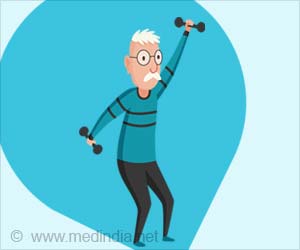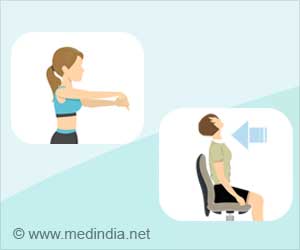- Exercise has a host of benefits like better mental and physical health
- Recent research suggests that physically active people have greater pain tolerance than those who are sedentary
- People who are more physically active report less chronic pain, according to the study
Longitudinal relationships between habitual physical activity and pain tolerance in the general population
Go to source).
Working Out: The Key to High Pain Tolerance?
People who were physically active had a higher pain tolerance than those who were sedentary, according to new research published in the journal PLOS ONE. Furthermore, the more active people were, the better their pain tolerance was. Previous research has shown that higher levels of physical activity can ease chronic pain by increasing the tolerance of pain. These studies, however, were small and focused on niche groups of people. To better elucidate the association between physical activity and pain tolerance, Årnes and colleagues reviewed data from 10,732 Norwegian people who took part in the Tromsø research, a major population survey research conducted on a regular basis in Norway.More Physical Activity = Better Pain Tolerance
Participants who reported being physically active in either round of the Tromsø Study had higher pain tolerance than those who claimed a sedentary lifestyle in both rounds, according to statistical analysis of the data. Participants with higher total activity levels had higher pain tolerance, and those with higher activity levels in 2015/2016 compared to 2007/2008 had a higher overall degree of pain tolerance.There was no statistically significant association between activity level and changes in pain tolerance across the two rounds of the trial, according to the analysis. Nonetheless, data implies that staying physically active, becoming active, or increasing activity is associated with increased pain tolerance.
Based on their findings, the researchers propose that increasing physical activity could be a viable method for reducing or eliminating chronic pain. Future research could assist confirm whether or whether there is a cause-and-effect relationship between activity and pain tolerance, as well as assess possible therapeutic uses.
The authors of the study add that: "Becoming or staying physically active over time can benefit your pain tolerance. Whatever you do, the most important thing is that you do something."
Reference:
- Longitudinal relationships between habitual physical activity and pain tolerance in the general population - (https://journals.plos.org/plosone/article?id=10.1371/journal.pone.0285041)











